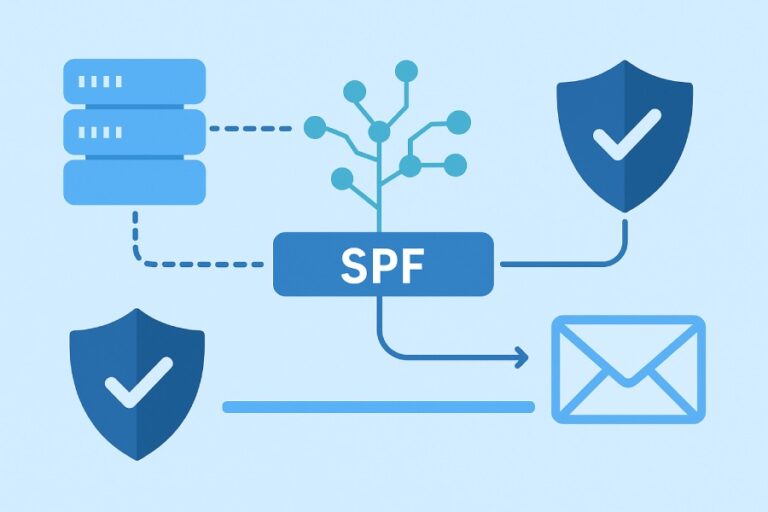Common SPF Record Examples and How to Implement Them Correctly
The correct way to implement common SPF records is to publish a single TXT record per sending domain or subdomain that begins with v=spf1, enumerates authorized senders using mechanisms such as a, mx, ip4, ip6, include, and exists with appropriate qualifiers (+, -, ~, ?), remains under the 10-DNS-lookup limit, is validated with CLI/online tools,…









